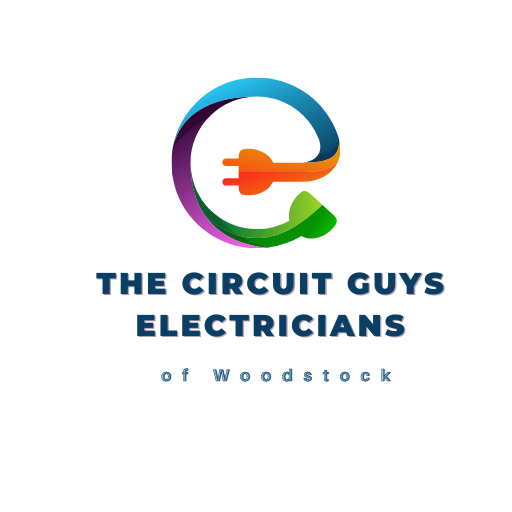An electrician is someone who installs and repairs electrical wiring. They may specialize in a certain type of work, such as commercial or industrial wiring. Anyone can become an electrician if they have the right training and certification. Not all electricians have the same job title; an electrician can be referred to as an electric technician or an apprentice electrician. However, all electricians must have a basic understanding of how electricity works in the real world. Here is what you should know about an electrician before applying for a job or specializing in this career path.
What is an electrician?
An electrician is a person who installs and repairs electrical wiring. They may specialize in a certain type of work, such as commercial or industrial wiring. Anyone can become an electrician if they have the right training and certification. Not all electricians have the same job title; an electrician can be referred to as an electric technician or an apprentice electrician. However, all electricians must have a basic understanding of how electricity works in the real world. Here is what you should know about an electrician before applying for a job or specializing in this career path.
What is included in the job description of an electrician?
The job description of an electrician is broad and covers many different areas related to electrical work. However, there are some common tasks that most electricians will do. This includes the following:- Planning new electrical installations - Before a new building or home is even started, the electrician should be consulted. The electrician will be responsible for designing the electrical system of the building. This will include the type of lighting and appliances, the size of the electrical panel, and the type of electrical wiring that should be used.- Building new electrical installations - After the design for a new electrical system has been approved, the electrician will start building the electrical system. The electrician will be responsible for installing all the electrical components, including the electrical panels, lighting fixtures, and electrical wires.- Maintaining existing electrical systems - The electrician will also be responsible for maintaining the existing electrical systems. This will include checking the electrical panels for any issues and replacing faulty wires or fuses.
Basics of Electrical Wiring
The most basic thing to know about electrical wiring is that electricity is a form of energy that can be used to power and operate devices. This energy can be transferred through wires to another device that needs power. Electrical wires are made out of a material called "conductive metal." This material allows electricity to flow through it, which is how electricity can be transferred from one device to another. When an electrical wire is connected to a source of electricity (such as a power source), the electricity will flow through the wire until it reaches the device that is connected to the other end. The device will then be given power or energy.
Types of Electrical Wiring
There are two main types of electrical wiring: - Conductive Wiring - In this type of wiring, the wires are made out of a conductive metal, such as copper or aluminum. The wires are connected to a source of electricity, such as a power source, and then they are connected to a device that needs power. The device will then receive power from the source. - Non-Conductive Wiring - In this type of wiring, the wires are made out of a non-conductive material, such as plastic or rubber. The wires are connected to a source of electricity, such as a power source, and then they are connected to a device that needs power. The device will then receive power from the source, but it is transferred through the air molecules instead of the wires.
Installation and Maintenance of Electrical Cables
One of the most important jobs of an electrician is to install and maintain electrical cables. This involves installing new cables, repairing old cables, and replacing faulty cables. There are many different types of electrical cables, and they can be found in almost every home and office. A few of the most common types of electrical cables are listed below:- Cables for Outdoor Lighting - Outdoor lighting is commonly used in gardens, driveways, and other outdoor spaces. There are many different types of outdoor lighting, including halogen, sodium, and LED lighting. These different types of lighting require different cables for installation.- Cables for Outdoor Appliances - Outdoor appliances, such as lawnmowers, are commonly used in outdoor spaces. There are many different types of outdoor appliances, including electric tools and lawnmowers. These appliances require special cables for installation.- Cables for Indoor Appliances - Indoor appliances, such as coffee machines and televisions, are commonly used in indoor spaces. There are many different types of indoor appliances, including electric kettles and televisions. These appliances require special cables for installation.
Conclusion
As you can see, there is a lot to know about electrical wiring. The most important thing to know is how electricity flows through electrical wires. This will help you understand the different types of wiring and why they are used. If you are interested in becoming an electrician, you will first need to get a job as an apprentice electrician. This will give you the opportunity to learn about the different types of wiring and become familiar with the different tools of the trade.
